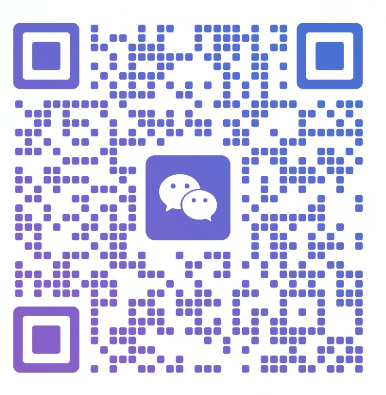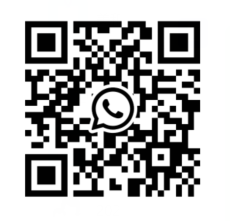Understanding NFC and RFID: A Technical Comparison
Nov 17, 2025
Near Field Communication (NFC) and Radio Frequency Identification (RFID) are often mentioned together, which can be confusing. Essentially, NFC is a specific subset of RFID technology. Both utilize electromagnetic fields for wireless data transmission without physical contact. Their core similarities lie in their basic operating principles. However, their applications, communication range, and data exchange capabilities differ significantly, making them suitable for different application scenarios. Understanding their relationship and unique characteristics is crucial for choosing the right technology to meet specific needs.
What is RFID? A Broad Ecosystem
RFID is a wireless technology primarily used for identifying and tracking objects. A basic RFID system consists of a reader and tags. Tags can be passive (no battery required) or active (requires a battery) and are used to store identification information. The reader powers the passive tag and collects its data. Its main characteristic is its relatively long communication range; UHF RFID systems can read tags from 10 meters away. This makes RFID technology well-suited for logistics (e.g., tracking warehouse pallets), retail inventory management, and vehicle access control.
What is NFC? Specialized Subset
NFC is a relatively new specialized RFID technology that operates in the 13.56 MHz high-frequency (HF) band. It is designed for ultra-short-range communication, typically less than 10 centimeters (about 4 inches). Unlike most one-way RFID technologies, NFC supports two-way communication. This means that NFC devices (such as smartphones) can act as both readers and tags simultaneously (a mode known as peer-to-peer). This two-way communication capability is its fundamental difference and is governed by the ISO/IEC 18092 standard. Its primary applications revolve around secure, controlled interactions such as contactless payments (Apple Pay, Google Wallet), data sharing (Android Beam), and smart posters.
Key Differences
A direct comparison of the two technologies reveals their differences.
Communication Method: RFID is typically one-way communication. NFC supports two-way communication.
Transmission Distance: RFID transmission distances range from a few centimeters to over 100 meters, depending on the frequency and tag type. NFC's maximum transmission distance is approximately 10 centimeters, with most operations occurring within 4 centimeters.
Data Transfer Rate: NFC data rates are typically higher than most RFID systems, reaching up to 424 kbps, sufficient for transmitting small files such as contacts or URLs.
Application Focus: RFID is optimized for efficiency and transmission distance in tracking multiple items simultaneously. NFC is optimized for security and intent recognition in consumer-facing applications.
Underlying Standards and Frequencies
The technical differences stem from their operating standards and frequencies. RFID covers multiple frequency bands:
- Low Frequency (LF): 125-134 kHz, used for animal tracking and access control. Shorter transmission distance, but performs well in media such as water.
- High Frequency (HF): 13.56 MHz. This is the operating frequency of NFC, and the two are directly compatible.
- UHF (Ultra-High Frequency): 865-928 MHz, providing long-range readability, suitable for supply chain management.
NFC (defined by the NFC Forum) is based on the HF RFID standards (ISO/IEC 14443 A and B) and adds a point-to-point communication mode. It is precisely because of this shared frequency foundation that many modern RFID readers can also read NFC tags, but not vice versa.
Practical Applications and Case Studies
RFID Application Case: Walmart is a classic example. This retail giant mandated that its major suppliers use RFID tags on pallets and boxes. This reduced stockout rates by 16% because inventory counting was faster and more accurate. In the aviation sector, airlines use UHF RFID tags to track baggage, significantly improving baggage handling efficiency and reducing loss.
NFC Application Case: London's transport system demonstrates the power of NFC. While they typically use the same underlying RFID technology (13.56 MHz MIFARE cards), the interaction is a pure NFC model: users simply tap their cards against a reader at close range to securely and quickly pay for transport. Beyond payments, NFC is also revolutionizing product authentication. Luxury brands embed NFC tags in their products, allowing customers to verify authenticity and origin simply by tapping their phones.
Conclusion: Making the Right Choice
The choice between NFC and RFID depends entirely on the application requirements. For industrial applications requiring long-range, high-volume asset tracking, RFID is undoubtedly the best choice. However, for secure, short-range interactive applications requiring user intent and two-way data exchange—such as mobile payments, access cards, or device pairing—NFC is a more suitable and secure technology. The convergence of these technologies is also evident; for example, NFC-enabled smartphones can read a wider variety of high-frequency RFID tags, resulting in a more interactive consumer experience.
اقرأ المزيد

